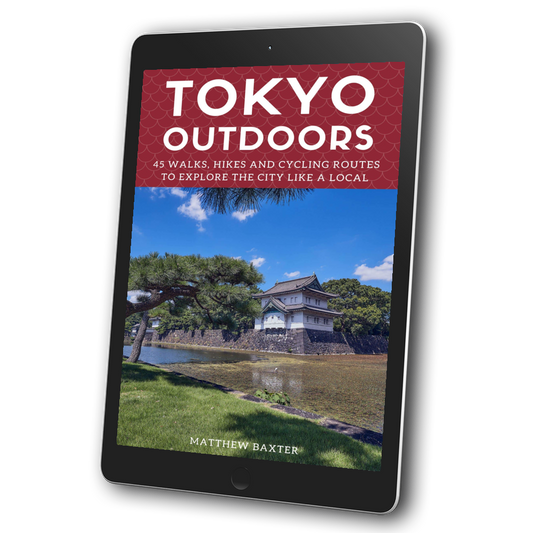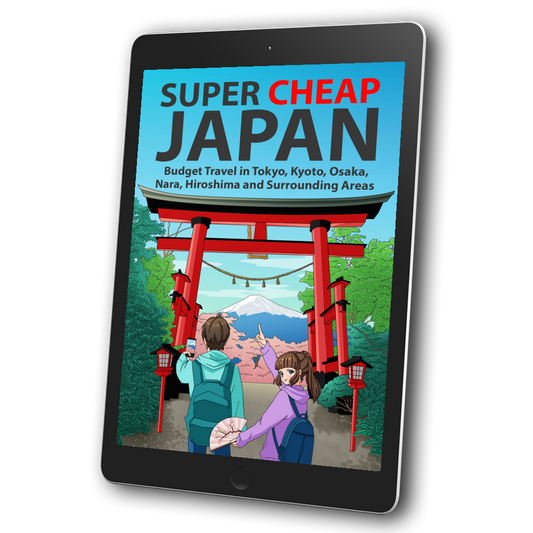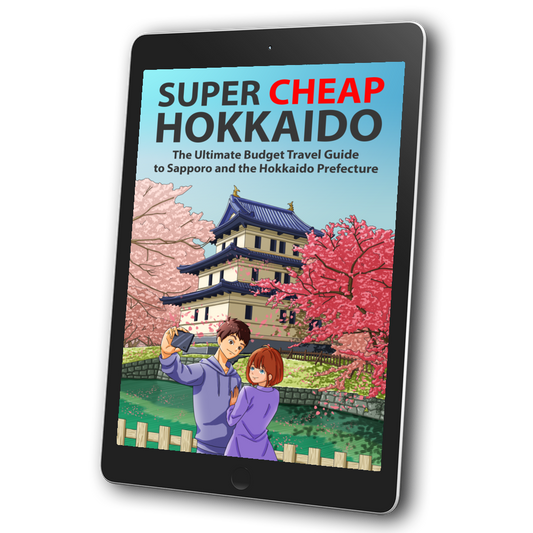A Walk along the Kanda River – Sekiguchi Bashoan
Matthew Baxter
Sekiguchi Bashoan (関口芭蕉庵)is where the poet Matsuo Basho lived for four years (1677-1680), supervising the Kanda waterworks. His famous frog haiku was likely written here. While the garden and buildings are not original, they recall the essential elements of Basho’s aesthetic. Short paths lead to a still green pond. The sounds of the season surround you, and the blur that can be Tokyo seems far away.

The main gate to Sekiguchi Bashoan faces a walkway on the Kanda River. It is often shut, but a smaller entrance on the west, steps side, is open. 10 AM – 4:30 PM, closed Monday.

There are many options for arriving here, but I suggest Zoshigaya Station on the Fukutoshin Line. Leaving Zoshigaya station from Gate 3, cross the street, turn left and walk straight on Meiji-dori. Small shops line the street, perfect for browsing. You will pass parks, with toilets and a water fountain. On your left will be Japan Women’s University’s campus. Continue walking as the road curves right until you reach Kodansha Noma Museum. Kodansha is responsible for restoring and maintaining Sekiguchi Bashoan. This is an interesting small museum, but there is a fee. It is beautifully landscaped.

Just before the museum’s Meiji-dori entrance, turn right.
As you follow the road, you will arrive at steps. These will take you past Eisei Bunko as well as private residences. Near the bottom, you will find Sekiguchi Bashoan’s entrance.

After your visit, why not continue along the Kanda river walking path? To your right is Higo-Hososawa, a lovely walled historic garden (free, tea for ¥500). Hours are 9:00 AM –
5:00 PM.

To your left, you will find the Chinzanso Hotel’s grand formal garden containing an antique pagoda and fine collection of sculpture (free).

This was a guest post by Marsha McDonald






